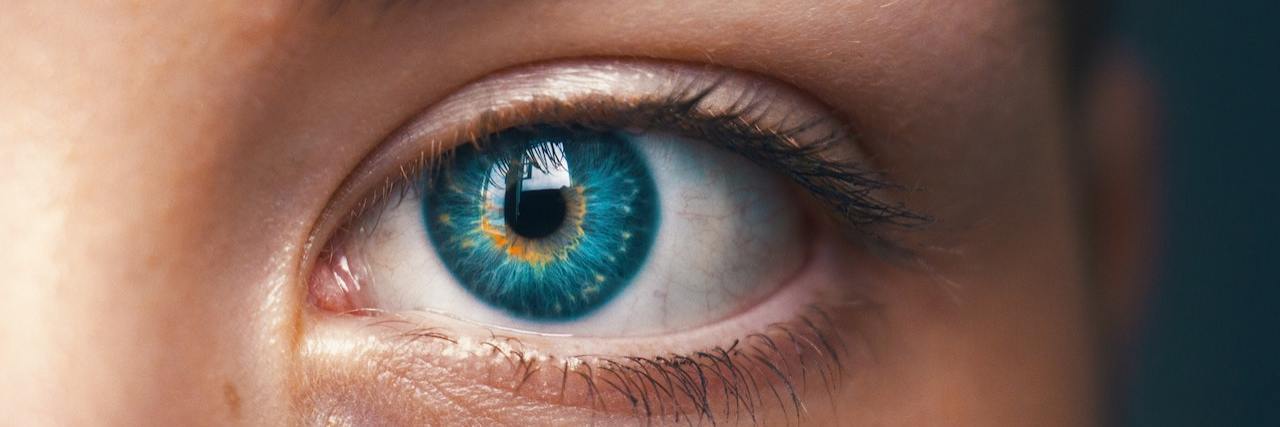Researchers Can Tell If You’ve Experienced Trauma from Your Eyes
What happened: A new study from Cardiff University and Swansea University shows post-traumatic stress disorder (PTSD) leaves its mark on the eyes of those who’ve experienced trauma. The study focused on documenting how subjects’ pupils reacted to both negative and positive images. The study found that the pupils of people with PTSD had a greater response to both types of stimuli than people who had not been through a traumatic event.
• What is PTSD?
- The researchers used pupillometry to detect changes in the autonomic nervous system, which controls your fight-flight-freeze-fawn response
- The study revealed a heightened fight-flight response in those with PTSD, which follows other research that showed people who experience trauma can have lasting physical responses
These findings allow us to understand that people with PTSD are automatically primed for threat and fear responses in any uncertain emotional context, and to consider what a burden this must be to them in everyday life. — Dr. Aimee McKinnon, lead researcher
????Did you know patient’s pupils can reveal if they have suffered a traumatic experience in the past?
New research by @prof_nicolagray & @cardiffuni colleagues examines how PTSD can be detected
➡️ https://t.co/xVrCPtQxbA pic.twitter.com/bht2nTDUx1
— Swansea University (@SwanseaUni) July 17, 2020
The Frontlines: PTSD is often associated with veterans but the condition can apply to anyone who has been through a traumatic experience. Symptoms often include flashbacks, nightmares and severe anxiety.
- According to the National Center for PTSD, 7-8% of the American population experiences PTSD at some point in their lives.
- Certain careers are associated with a higher risk of PTSD such as first responders, nurses and firefighters, however, the highest incidence of the condition is found in sexual assault survivors, military veterans who have been in combat and survivors of genocide.
- Those who have experienced trauma can be triggered in the present by reminders of the past (like a smell or a certain location), which causes a similar fight-flight-freeze response
Get more on mental health: Sign up for our weekly mental health newsletter.
A Mighty Voice: Our contributor, Kyleen Marie, shared her experience living with PTSD saying, “I’ve noticed my triggers and have taken the adequate steps to avoid intentionally putting myself into situations involving them. I’ve expressed my concerns to close friends, so that my mental state can be understood, as I am prone to changes in short periods of time. ” You can submit your first person story, too.
From Our Community:
Other things to know: You can learn more about what it’s like to live with PTSD and navigate day-to-day events that can be triggering by checking out these Mighty articles:
- A 6-Step Guide to Living and Loving With PTSD
- 14 Songs That Describe These 5 Classic Symptoms of PTSD
- The Two PTSD Symptoms I Struggle With the Most
How to take action: There are many resources available to those living with PTSD that can ease recovery. Here are several useful links that can guide you in the right direction whether you, or a loved one, needs help.
Header image via Amanda Dalbjörn on Unsplash

